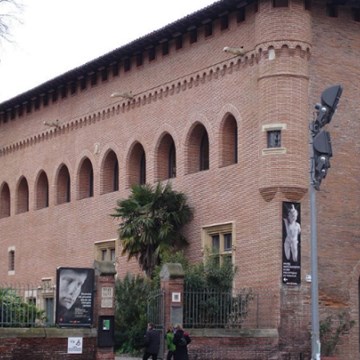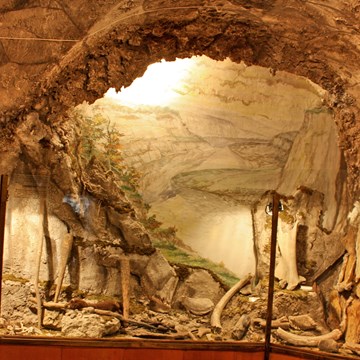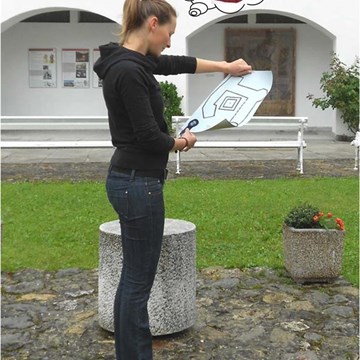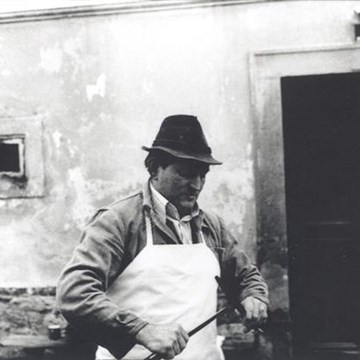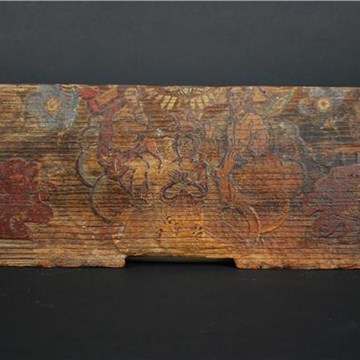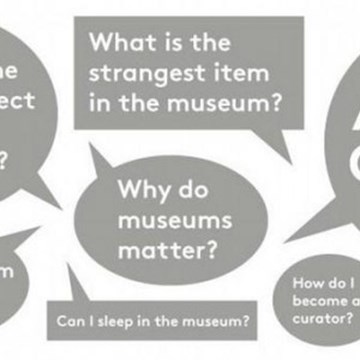Portraits. The many faces of power
The portrait is a way to pass on one’s memory through time. Through the many artistic techniques adopted - painting, sculpture, photography and, finally, most shocking of all, cinema, because the figure is not frozen in an eternal moment, but also with a sense of movement and life – it does not change the desire to ward off death, leaving to posterity an image of oneself that can survive over the centuries. The creation of an object, not just artistic, as a substitute for the person was one of the first actions taken by men, by leaving their fingerprints on the walls of caves, covering the skulls of ancestors with clay to give them a human feature, or erecting tombs to the dead.
Taking the cue from this consideration and through a rich selection of portraits – more than 150 pieces, including heads, busts and life size statues on loan from the major European museums –, the exhibition (curated by Eugenio La Rocca and Claudio Parisi Presicce) offers visitors the chance to understand the origins and techniques of Roman portraits, ranging from the Republican age to late antiquity. The exhibition spans from the first portraits in terracotta and bronze to the marble and bronze production in the Imperial Age.
Text source
Image source
Exhibitions and events
We don't have anything to show you here.
Activities from this museum
We don't have anything to show you here.


